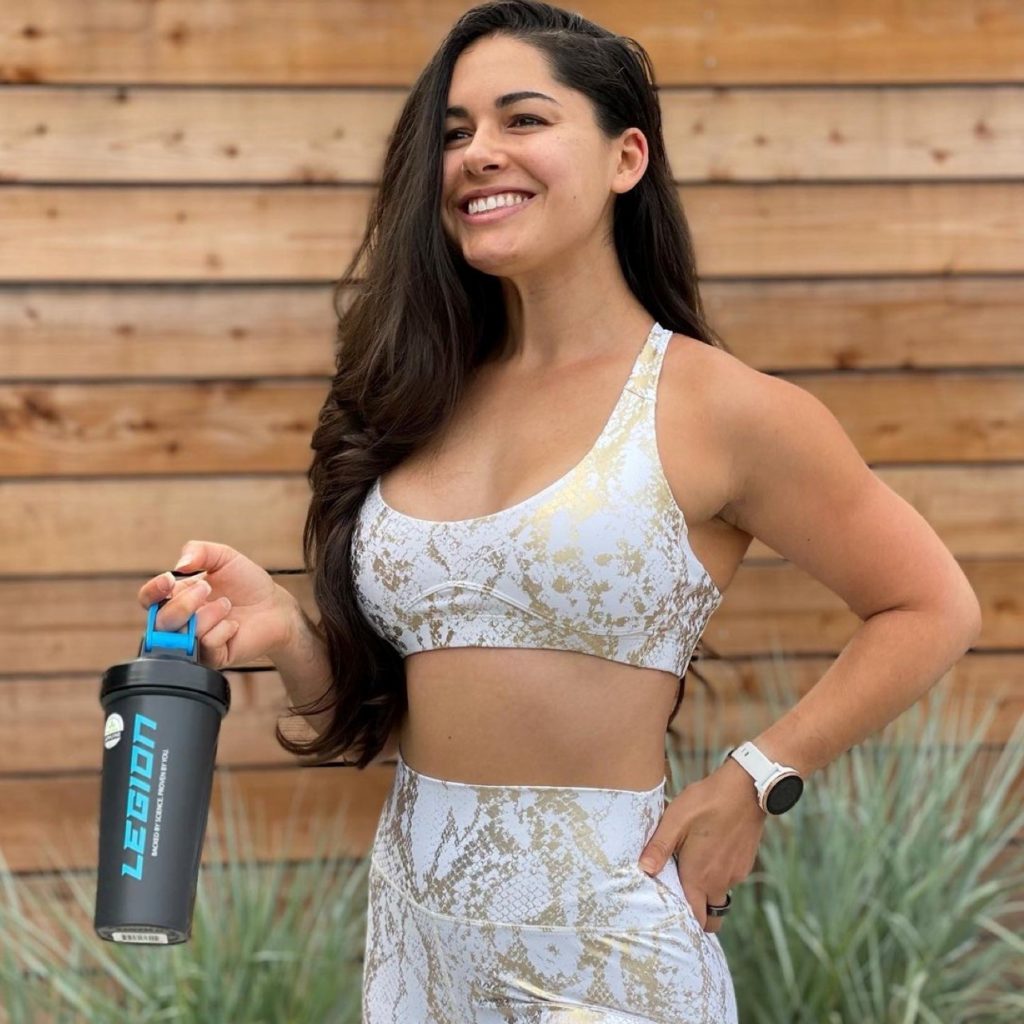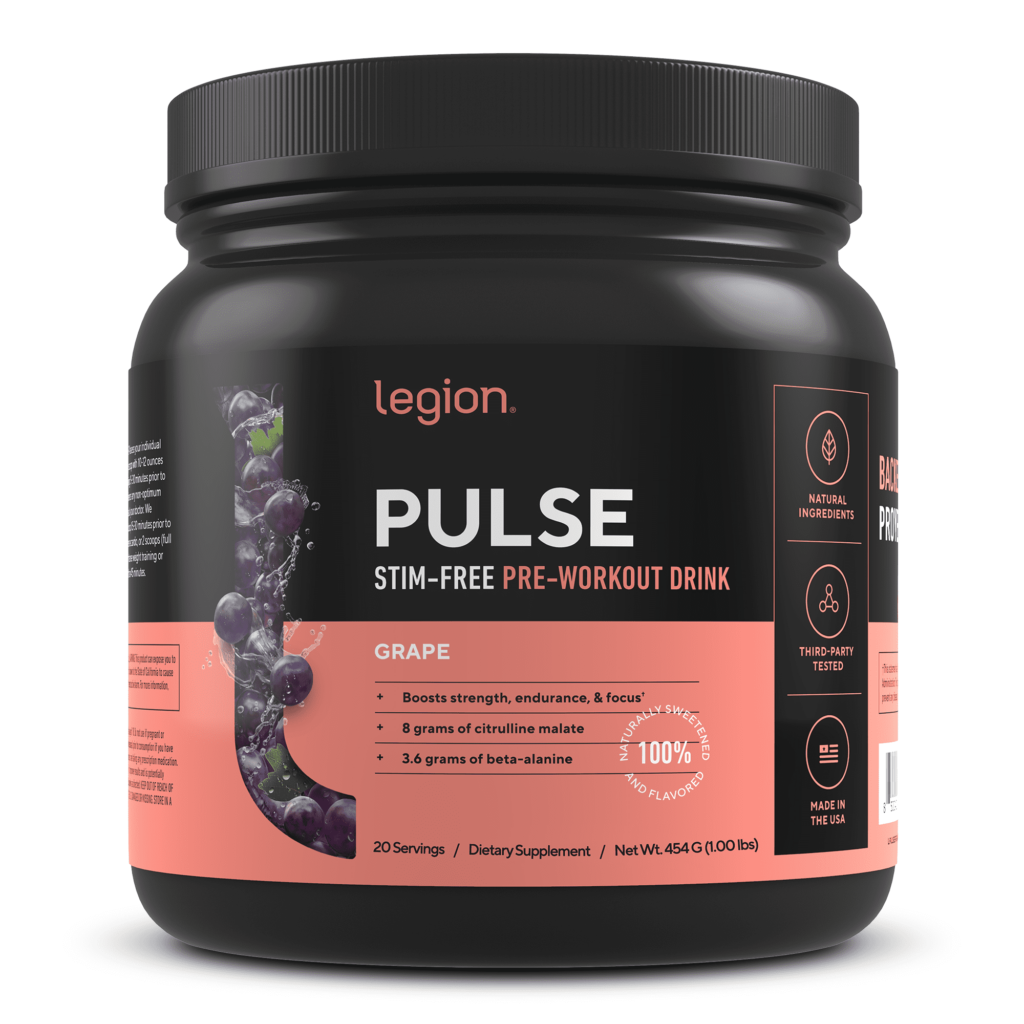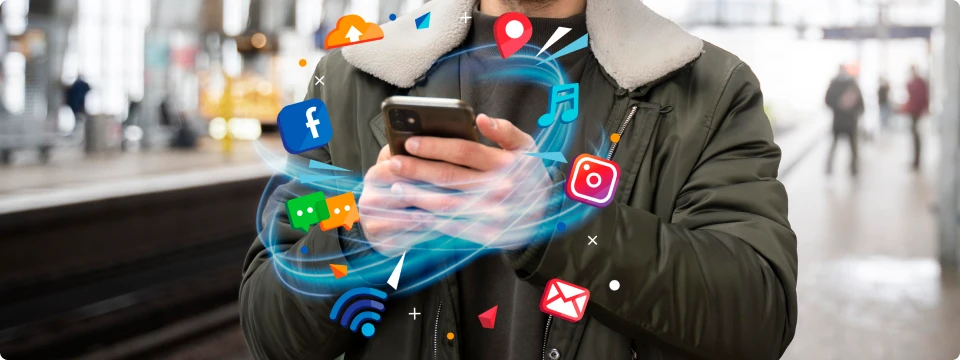Introduction
Social media has become one of the most powerful tools in modern marketing, and the fitness industry is no exception. From Instagram to TikTok, fitness influencers are shaping the way consumers discover, engage with, and purchase fitness products. As a result, social media and influencer marketing have transformed the e-commerce landscape, driving sales, brand awareness, and customer loyalty in the fitness market.
In this blog, we’ll explore how social media and influencer marketing are revolutionizing the fitness e-commerce industry, and why these trends are critical for fitness brands seeking to connect with their audience.

1. The Impact of Social Media on Fitness E-Commerce
Social media platforms like Instagram, TikTok, Facebook, and YouTube have opened up new avenues for fitness brands to promote their products and services. With billions of active users worldwide, these platforms are vital in reaching consumers across different demographics and geographic locations.
- Visual Appeal of Fitness Content: Fitness is inherently a visual industry—people love to see workout routines, transformations, and products in action. Instagram, with its image-driven format, has become a go-to platform for fitness influencers and brands. Fitness influencers and brands can showcase workout routines, demonstrate gym gear, and highlight athletic wear, making it easy for consumers to visualize how a product fits into their fitness journey.
- Real-Time Engagement: Social media enables fitness brands to connect with their customers in real time. Whether it’s through live workout sessions, Q&A sessions, or customer polls, brands are now able to engage with their audience instantly. This interaction builds trust and loyalty while allowing brands to gather valuable feedback to improve their offerings.
- Building Communities: Fitness brands are now creating virtual communities through their social media presence. For example, fitness brands like Nike and Adidas create branded hashtags and encourage users to post their workout content. These communities help drive engagement and offer valuable user-generated content that can be leveraged for future marketing campaigns.

2. The Role of Influencer Marketing in Fitness E-Commerce
Influencer marketing has exploded in recent years, with fitness influencers driving awareness and influencing purchasing decisions on social media. Influencers, who have built a loyal following based on their expertise, personality, or fitness journey, are now considered trusted sources of advice for fitness products and services.
- Product Recommendations and Reviews: Influencers often review products they genuinely use, sharing their experiences with their audience. For example, fitness influencers will demonstrate the use of a new piece of gym equipment, talk about the benefits of a specific supplement, or showcase the quality of workout apparel. These authentic reviews help consumers make informed decisions, which is why influencer marketing is highly effective in driving sales.
- Affiliate Programs and Discount Codes: Many fitness brands collaborate with influencers by offering them unique affiliate links or discount codes for their followers. This model encourages influencers to promote products while rewarding them for their success in generating sales. Brands like Gymshark and Myprotein leverage influencer marketing through affiliate programs, enabling influencers to earn commissions on sales generated from their content.
- Fitness Influencers as Brand Ambassadors: Some influencers build long-term relationships with fitness brands, becoming brand ambassadors. This collaboration goes beyond a one-time post, as influencers actively promote products over time. Brands like Under Armour and Sweat have partnered with well-known fitness influencers to create exclusive collections and co-branded campaigns that drive consumer interest and sales.

3. Social Media as a Platform for E-Commerce
Social media platforms are not just for engagement and brand awareness—they are increasingly being used as e-commerce platforms themselves. Both Instagram and Facebook have integrated shopping features, allowing consumers to purchase fitness products directly through social media posts.
- Instagram Shopping: Instagram has introduced features like “Shoppable Posts” and the “Instagram Shop” tab, allowing users to purchase fitness products directly from posts or stories. Fitness brands can tag their products in posts and stories, providing a seamless shopping experience for users who are interested in what they see. Brands like Gymshark and Fabletics have effectively used Instagram Shopping to promote and sell fitness apparel, driving significant sales directly through the platform.
- Facebook Marketplace and Ads: Facebook’s Marketplace and targeted advertising features have enabled fitness brands to connect with consumers through highly tailored ad campaigns. By utilizing data analytics, Facebook allows brands to target specific demographics, such as age, location, and interests, to reach potential customers more effectively. Fitness brands can also leverage Facebook’s e-commerce features to create direct shopping experiences on their pages.
- TikTok Shopping: As TikTok grows in popularity, brands are increasingly using it to drive sales through influencer partnerships and product showcases. The platform’s “TikTok Shop” feature allows users to buy fitness products directly from videos. This integration creates a seamless experience where viewers can discover products, engage with influencers, and make purchases.

4. Fitness Influencer Trends in Social Media Marketing
With the rise of influencer marketing, several trends are shaping the way fitness brands partner with influencers. Here are some of the key trends to keep an eye on:
- Micro-Influencers and Niche Audiences: While celebrity fitness influencers have traditionally been the go-to for brands, micro-influencers (those with smaller but highly engaged followings) are becoming more valuable. These influencers have built strong relationships with their followers, and their content tends to feel more authentic. Fitness brands are increasingly collaborating with micro-influencers to reach niche audiences that are more likely to trust their product recommendations.
- Video Content and Tutorials: Video content is dominating social media, especially on platforms like TikTok and YouTube. Fitness influencers are using videos to create workout tutorials, product reviews, and transformation stories, which are incredibly engaging for their followers. These video formats allow consumers to see how products work in action, which is often more persuasive than static images alone.
- Focus on Mental Health and Wellness: The fitness industry is expanding to include mental well-being alongside physical fitness. Influencers are increasingly promoting holistic approaches to health, including mindfulness, meditation, and stress management. Brands that align with these values, offering wellness products such as supplements, yoga mats, and meditation tools, are seeing success in influencer marketing campaigns that emphasize overall well-being.
5. Measuring Success in Social Media and Influencer Campaigns
Fitness brands are continuously refining how they measure the success of their social media and influencer marketing efforts. Metrics such as engagement rates, conversion rates, and return on investment (ROI) are key to evaluating the effectiveness of these campaigns.
- Engagement Metrics: Social media engagement metrics such as likes, comments, shares, and video views help brands understand how well their content resonates with their audience. High engagement can lead to increased brand awareness, which ultimately contributes to higher sales.
- Conversion and Sales Metrics: Fitness brands use affiliate links, promo codes, and direct shopping integrations to track conversions and measure how well their influencer campaigns drive sales. This is a critical metric to assess the direct financial impact of influencer partnerships.
- Brand Sentiment and Loyalty: Social media campaigns that create positive conversations around a brand can help build long-term customer loyalty. By tracking sentiment analysis .

6. The Future of Social Media and Fitness E-Commerce
The role of social media in fitness e-commerce will only continue to grow in the coming years. As new platforms emerge and technology advances, fitness brands will find even more innovative ways to connect with consumers.
- Augmented Reality (AR) and Virtual Try-Ons: Social media platforms are experimenting with AR features, allowing consumers to virtually try on fitness gear, workout clothes, or even visualize gym equipment in their homes. This technology could revolutionize how consumers shop for fitness products online.
- More Interactive Shopping Experiences: The future of social media shopping will likely involve even more immersive experiences. Think virtual fitness pop-up shops, live-streamed workout classes with integrated shopping, or gamified fitness challenges where users can earn rewards or discounts for purchasing products.
- AI-Powered Personalization: As artificial intelligence continues to evolve, fitness brands will use AI to create highly personalized shopping experiences on social media platforms. AI could recommend products based on user behavior, fitness goals, and previous purchases, further blurring the lines between social media engagement and online shopping.

Conclusion
Social media and influencer marketing have become essential drivers of success in the fitness e-commerce world. Through authentic product recommendations, interactive campaigns, and seamless shopping experiences, influencers and brands are reshaping how fitness products are marketed and purchased. By embracing the power of social media, fitness brands can connect with a global audience, create loyal communities, and drive significant sales.
As technology and consumer behavior evolve, social media’s role in fitness e-commerce will continue to expand. The future is bright for fitness brands that leverage influencer partnerships, video content, and social media innovations to create personalized, engaging, and dynamic shopping experiences.